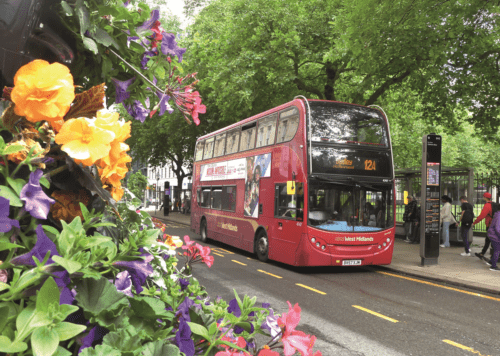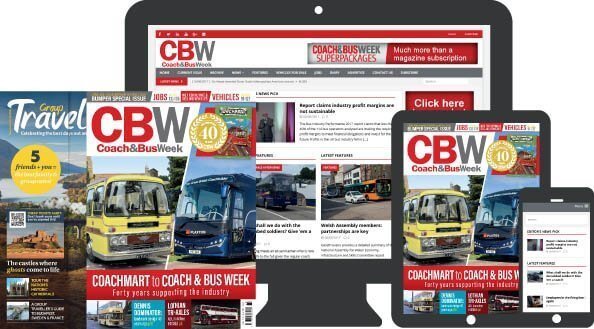
It’s a topic which is as important for businesses wanting to show off their products in the best light as it is for enthusiasts. STEVEN KNIGHT shares his knowledge on getting the best in bus and coach photography
Magazine photography has come a long way since my early days in journalism. Back in the 1970s and through until the early 1990s use of colour images in magazines was generally the exception. Most magazines then relied on black & white photography with perhaps only the cover and the centre four pages being given over to colour imaging. That meant that only the very best images would be used and on one magazine I worked for, only colour transparencies taken in ideal sunlight would be considered.
Then there was the ‘unknown’ for the photographer. Photographs were shot onto film which had to be taken to either in-house photographic studios or processed by external companies. There was no ability to instantly review the results. In fact it could be over 24 hours between undertaking a photographic assignment and seeing the results. I am the first to admit that on several occasions I had to get the photographic studio to work wonders to get a decent print – but at least black & white film could be manipulated in expert hands when negatives were printed. Not so for colour transparency film. My own rule then was to shoot in colour and duplicate the images on black & white film.
Fast forward to 2000 and I had my first digital camera in the kit bag. Looking back now at the range of cameras available it was primitive – shutter lag, limited ability for adjusting exposure and no continuous shooting mode. As for image size and memory, a 125MB memory card would last for several days before it was full! Now I make sure my current cameras all have at least two 32GB memory cards in place.
But you don’t always need expensive kit to achieve spectacular results. I find that in some light conditions – especially around dusk the camera on my iPhone can produce some brilliant results and unlike the main camera the iPhone is generally always with me.
For publications, most publishers will require images at a resolution of 300dpi at a size which is relevant to potential use. An image at 6 inches by 4 inches will not be sufficient for a centre spread.
[…]By subscribing you will benefit from:
- Operator & Supplier Profiles
- Face-to-Face Interviews
- Lastest News
- Test Drives and Reviews
- Legal Updates
- Route Focus
- Industry Insider Opinions
- Passenger Perspective
- Vehicle Launches
- and much more!


